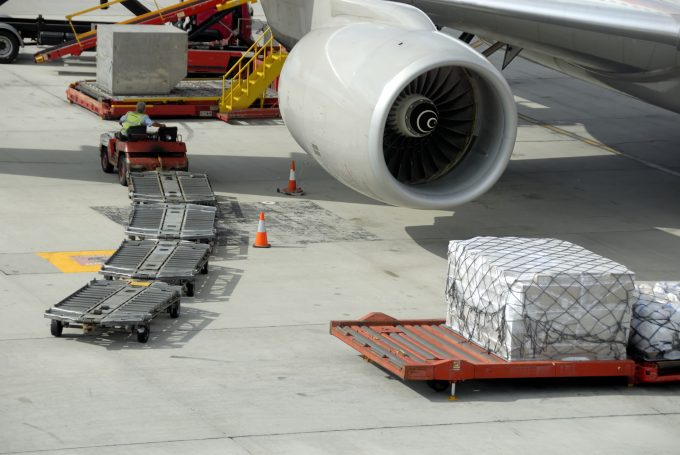No summer siesta for airfreight
Traditionally, air cargo spot rates tend to decline or remain flat at best during H1, ...

Air freight demand and rates – rarely for January – are continuing to hold up, even after the high peak recorded at the end of last year.
And a source at one carrier said he expected a strong second half to this month, in advance of Chinese new year holidays.
Last year ended well. WorldACD and the Association of Asia Pacific Airlines (AAPA) both recorded a positive end-of-season peak after a stuttering start to 2016, with much of the growth concentrated in the Asia Pacific region.
Yields for the traditional November high season were up 3.9% month-on-month, with an 8.7% increase since the summer lull in August, according to WorldACD.
Continued market improvements in Asia Pacific also brought about the single largest seasonal yield increase since 2009, as business between Asia Pacific and North America and Europe increased by 25% and 30%, respectively, between August and November.
Much of the growth in Asia Pacific-Europe traffic was a reversal in trend. Since 2010, there has been little growth in Europe-bound produce from Asia, but Asia-bound produce from Europe increased by 39% over the six-year period, indicative of the increasing purchasing power of Asia.
“Air cargo has not seen such seasonal yield improvements since 2009,” noted WorldACD. “Volume increases since the summer were spectacular in markets from Hong Kong (up 30%) and Shanghai (up 17%), also higher than in previous years.”
WorldACD noted that while revenue growth was realised from a low basis, it was safe to say that this year’s peak season could be called a success.
It added: “Although growth was concentrated in Asia Pacific, we have no doubt that the typical ‘perishables exporters’ of Egypt, US Pacific, Chile and Colombia will also subscribe to this view, as their volume increase for perishables in the period October/November ranged between 16% (Chile) and 34% (Egypt) year-on-year.”
While yields may have improved, Drewry noted that a peak in east-west rates of $3.35 per kg was against a dismal 2015 performance. But even in 2016, rates were considerably lower than those reached in 2012 ($3.64), 2013 ($3.81) and 2014 ($3.92) – although in each of those years the following January recorded a hefty slump, something which airlines are noting is not currently the case.
One cargo airline executive sounded an optimistic note, adding that, while it was a bit early to say, he expected the positive momentum in rates to continue through January, with December having fared well.
“Things seem to have continued as it was in December in both directions to and from China, and I expect a strong pick-up in the second half of January,” he said. “Rates are at similar levels to mid-December.”
An executive at a US carrier added that “things are holding up OK actually – January is looking fine (so far).”
Andrew Herdman, AAPA director general, said air cargo markets had picked up modestly during 2016, but rates remained highly competitive, reflecting soft global trade conditions.
“The general outlook for the global economy in 2017 remains reasonably positive, but airlines will need to be vigilant on costs, given fluctuations in oil prices as well as exchange rate volatility,” he added.
By volume, World ACD reported a 6.9% year-on-year increase in November, while direct tonne km (DTKs), WorldACD’s new measure, rose 7.1%. The number of new long-haul flights increased just minimally, it said, but there was a boom in short-haul intra-Asia traffic, up 15% year-on-year.
In Asia Pacific, AAPA said freight tonne km (FTKs) outstripped the 3.2% upturn in available capacity, growing 5.3% year-on-year. The average load factor increased by 1.4% to reach 2016’s monthly high of 66.9%.
“The region’s carriers have seen a modest but progressive recovery in international air cargo demand this year, with volume growth of 1.2% for the first eleven months of 2016,” said Mr Herdman.
WorldACD described 2016’s air cargo peak season as one of the better ones.
“Since the equally usual summer dip, the $-yield has gone up with a much larger percentage than in previous years, while November showed an acceleration in year-over-year volume growth for the fourth month in a row,” it added.
Comment on this article